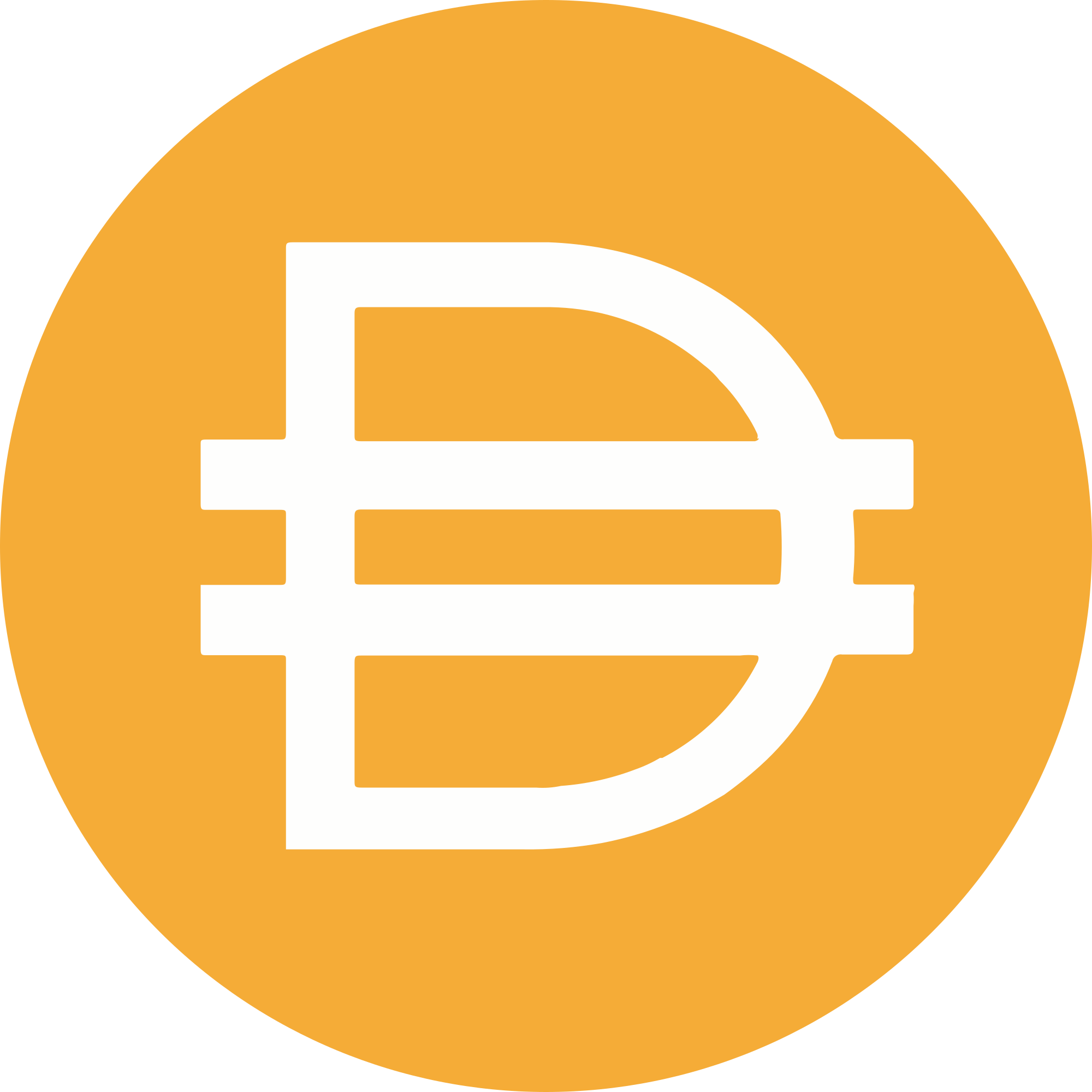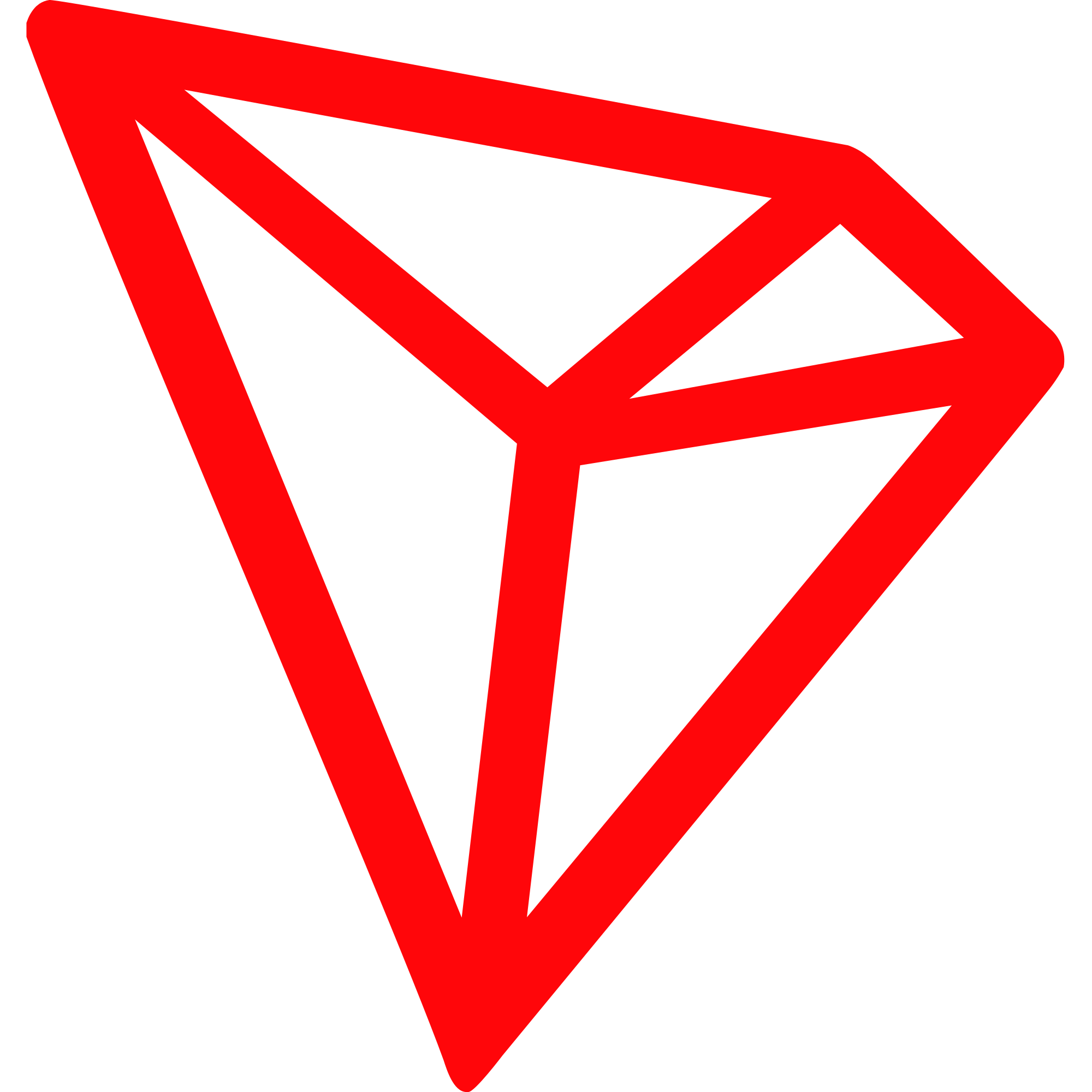All Cryptocurrencies
Monero (XMR) Explained
Monero (XMR) is a cryptocurrency that prioritizes your privacy and security, ensuring your transactions remain confidential and untraceable. It uses technologies like ring signatures, stealth addresses, and RingCT to obscure transaction details and amounts. Monero's...
Wrapped Bitcoin (WBTC) Explained
Wrapped Bitcoin (WBTC) lets you use Bitcoin on the Ethereum blockchain by converting BTC into ERC-20 tokens. This allows you to leverage Bitcoin's value while tapping into Ethereum's smart contracts and DeFi platforms. Each WBTC token is backed 1:1 by Bitcoin,...
Uniswap (UNI) Explained
Uniswap (UNI) is a decentralized exchange that lets you trade cryptocurrencies without a central authority. It uses an Automated Market Maker (AMM) system on the Ethereum blockchain, launched by Hayden Adams in 2018. Instead of traditional order books, Uniswap relies...
Chainlink (LINK) Explained
Chainlink (LINK) is a decentralized oracle network connecting smart contracts to real-world data. It uses a network of decentralized oracles to ensure data accuracy and reliability for different industries like finance, insurance, and supply chain management....
Cosmos (ATOM) Explained
Cosmos (ATOM) aims to create an 'internet of blockchains' by facilitating seamless communication between different blockchains. Using a Hub and Zone model and the Tendermint consensus mechanism, Cosmos ensures speed, scalability, and energy efficiency. The ecosystem...
Toncoin (TON) Explained
Toncoin (TON) is a cryptocurrency on The Open Network (TON) designed for fast and secure transactions. Its blockchain architecture ensures high scalability through sharding and layered task distribution. This structure allows the network to support millions of...
Shiba Inu (SHIB) Explained
Shiba Inu (SHIB) is a decentralized meme token created in August 2020. It operates on the Ethereum blockchain and utilizes smart contracts to power DeFi applications like ShibaSwap. The community behind SHIB is vibrant and crucial to its ecosystem, which includes...
Dai (DAI) Explained
Dai (DAI) is a decentralized stablecoin that's pegged to the US dollar, giving you cryptocurrency's benefits with the stability of traditional currency. It's powered by smart contracts on the Ethereum blockchain, ensuring transparency and security. You create Dai by...
TRON (TRX) Explained
TRON (TRX) is a blockchain-based decentralized platform that lets you share content directly with consumers and execute smart contracts seamlessly. It boasts high throughput and scalability, making transactions efficient and cost-effective. The ecosystem supports a...
Avalanche (AVAX) Explained
You're about to discover how Avalanche (AVAX) is revolutionizing blockchain technology with its unmatched speed, scalability, and security. Avalanche lets you create custom blockchain networks and decentralized applications. It handles thousands of transactions per...
USD Coin (USDC) Explained
USD Coin (USDC) is a stablecoin pegged 1:1 to the U.S. dollar, ensuring its value remains stable amidst cryptocurrency volatility. It achieves this stability through transparent USD reserves and regular audits. USDC uses blockchain technology for secure, efficient...
XRP (XRP) Explained
XRP, created by Ripple Labs, is designed for fast, low-cost international payments. It acts as a bridge currency, enabling quick transfers across borders at a fraction of the cost of traditional systems. Transactions settle within seconds on the XRP Ledger, a...
Dogecoin (DOGE) Explained
Dogecoin (DOGE) emerged in 2013 as a lighthearted alternative to Bitcoin. It leverages the Scrypt algorithm in a Proof of Work (PoW) system, rewarding miners with 10,000 DOGE per block. With transactions confirming roughly every minute and minimal fees averaging...
Polygon (MATIC) Explained
Polygon (MATIC) is a solution that enhances blockchain scalability and interoperability, significantly reducing Ethereum's high transaction fees and latency. It employs Layer 2 scaling techniques like sidechains, Plasma Chains, and Proof of Stake (PoS) consensus....
Tether (USDT) Explained
Tether (USDT) is a stablecoin aimed at reducing cryptocurrency market volatility by pegging its value to the US dollar on a 1:1 basis. Tether achieves this through reserves management, where each USDT token is backed by fiat collateral. Regular third-party audits...
Cardano (ADA) Explained
Cardano is a blockchain platform that's built on peer-reviewed research and employs a proof-of-stake consensus algorithm known as Ouroboros. You'll find it excels in scalability, security, and energy efficiency. Its unique layered architecture separates the settlement...
Ethereum (ETH) Explained
Ethereum is a blockchain platform designed for secure, transparent transactions through smart contracts. It uses a decentralized ledger where transactions are verified via Proof of Stake, offering efficiency and security. Smart contracts, written in Solidity, are...
Bitcoin (BTC) Explained
Introduction: What is Bitcoin? Bitcoin is the world's first decentralized cryptocurrency, introduced in 2009¹. It operates on a peer-to-peer network, allowing for secure and seamless transactions on the internet without the need for intermediaries like banks or...
Litecoin (LTC) Explained
You're about to explore Litecoin, a peer-to-peer cryptocurrency launched by Charlie Lee in 2011. It operates on blockchain technology to ensure secure and transparent transactions. Using a Proof of Work consensus mechanism, Litecoin processes blocks every 2.5 minutes;...
Polkadot (DOT) Explained
Polkadot (DOT) is an innovative blockchain protocol that ensures cross-chain interoperability, allowing different blockchains to communicate and transfer data seamlessly. Its architecture consists of the Relay Chain, which manages consensus and security, and...
Solana Explained
The world of cryptocurrencies is continuously evolving. Among the myriad of blockchain projects, Solana stands out due to its innovative technology and unique features. This blog post tries to shed light on Solana—a rapidly growing cryptocurrency and blockchain...
Binance Coin (BNB) Explained
Cryptocurrencies have become an integral part of the financial landscape, with numerous coins emerging over the past decade. Among them, Binance Coin (BNB) has garnered significant attention. Introduced by Binance, one of the world's largest cryptocurrency exchanges,...






















